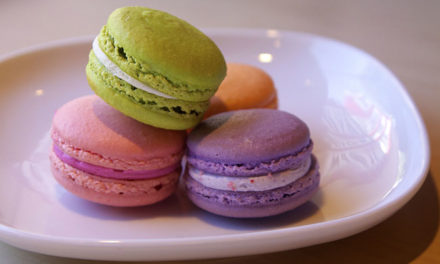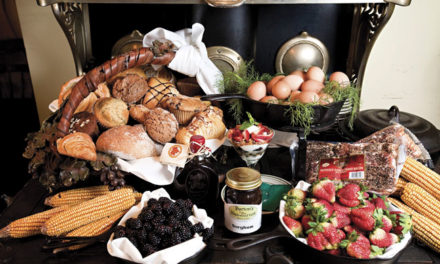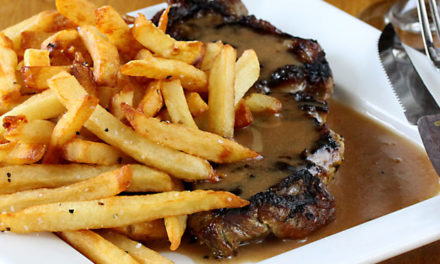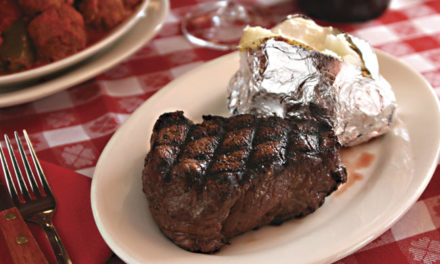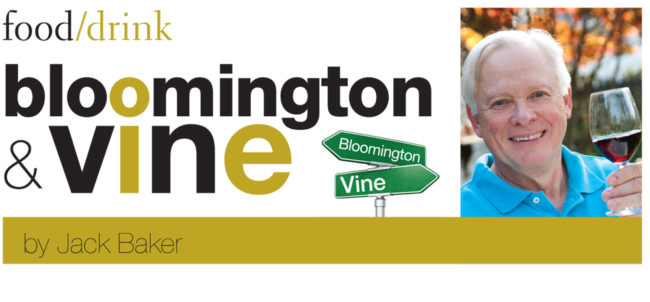
by JACK BAKER
As the world opens back up to travel, there are great possibilities for wine exploration. And I’m suggesting you ferret out the local wineries wherever you go.
Wine is everywhere and is often found in unexpected places. Algeria makes wine, Lebanon makes wine, even England makes wine. In fact, wine is made in most places on Earth, primarily between 30 and 50 degrees north and south latitudes. Flen, Sweden, and the Central Otago region of New Zealand define the northern and southern limits of wine production.
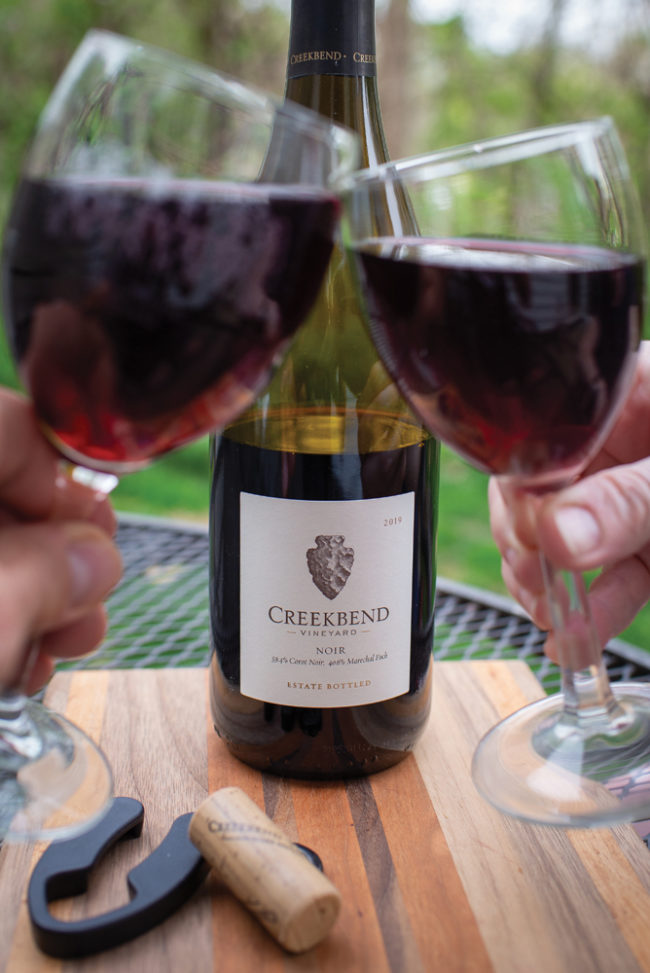
In this country, wine is made in every state. We all are aware of wine made in Indiana and Michigan, even New York and Virginia.
But Texas? Who’d have thought Texas is the fifth largest producer in the country? And Arizona? How can a dry and cactus strewn state have a wine industry? But it does. More than one hundred wineries dot the areas around Flagstaff, Phoenix, and Tucson.
My criteria for good wine of any type are dryness (low excess sugar), concentration and definition of flavor, and a lack of odd or unpleasant flavors. It doesn’t matter to me if it is an apple, berry, or traditional grape wine. With those characteristics, it’s a good wine; without, it’s poor.
I’ve had very good cherry wine in Michigan. One impressed me so much I put it in the cellar to age. We’ll see later if that was a good or bad decision.
I’ve had good wines made from dried apricots, even from plumped raisins. And I’ve had my share of bad wines, though they were highly touted by their makers. You have to expect some bad with the good and trust your own palate.
My wife, Jan, and I just returned from Tucson, Arizona, with a few bottles of local wine in hand. In Tupac, a small town outside of Tucson, I tasted the wines of Flying Leap Winery. Like other Arizona wineries it mixes grenache, merlot, mourvèdre, and syrah grapes in various proportions to simulate European Bordeaux and Rhone styles. Its wines have potential but are as yet marginally successful.
But one, an oddball red with infused habanero pepper, stands out. A hint of peppery flavor and just a touch of heat add zest to its red wine base. I brought that one home and tried it on my friends. They liked it.
A 2017 chardonnay from Pillsbury Wine Company in Wilcox, Arizona, bought at a local grocery, was lightly oaked in a California style, concentrated, and defined with flavors of butterscotch and pineapple. It gave promise of more good wines to come.
So, I encourage you to seek them out, and drink ‘em where you find ‘em. And I will drink to that.


